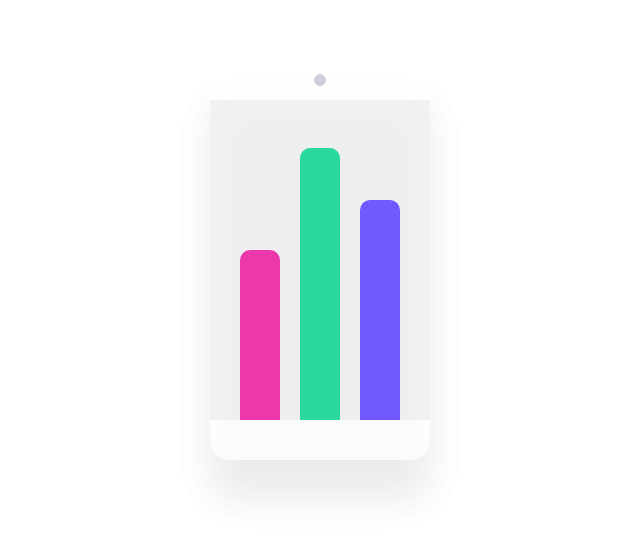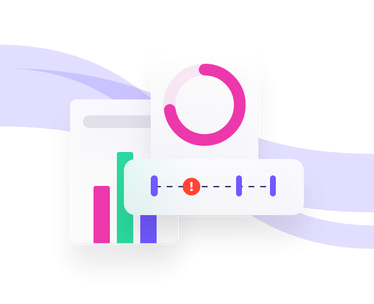Mobile analytics means using data to understand how well an app serves its users. It involves measuring the app’s performance and how users interact with it. App teams can then analyze this data to learn how they can solve issues, improve user journeys and generate more revenue.
Web analytics focuses on desktop websites, while mobile analytics are concerned with mobile apps and websites. Mobile analytics also look at some data that web analytics does not—like app store ranking, downloads and installs, in-app purchases, and app loading speed.
Companies use mobile analytics to understand how people are using their app. This allows app teams to:
Improve the user interface
Prioritize feature development
Fix crashes
Optimize performance
There are five types of mobile analytics, each focused on a key aspect of your app’s operation:
Mobile advertising analytics
App monetization analytics
In-app engagement analytics
App store analytics
Mobile analytics tools gather and analyze data that show you how well your app serves users. This includes tracking the app’s performance—like its loading speed and error rates—along with user behaviors like clicks and purchases.
Mobile analytics tools can also look at data from outside the app itself, such as the app’s ranking and reviews in app stores.





